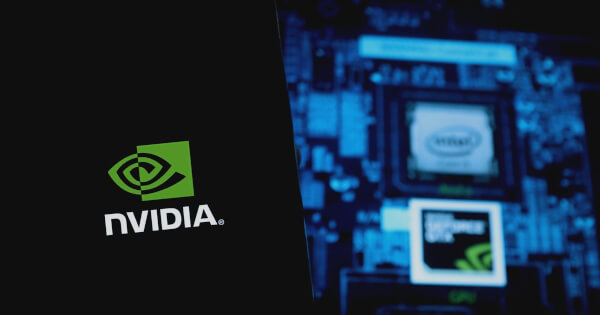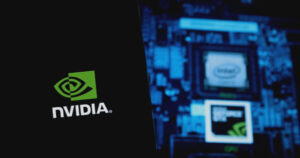Mastering Multi-GPU Data Analysis with RAPIDS and Dask: Best Practices for the Future of Data Science
By Ted Hisokawa
Published on November 21, 2024
In an era where data is king, the computational power required to analyze vast datasets continues to escalate. Multi-GPU configurations have emerged as a vital solution, allowing data scientists to tackle complex problems efficiently. At Extreme Investor Network, we delve into the best practices for leveraging RAPIDS and Dask in multi-GPU data analysis, focusing on memory management, computational efficiency, and accelerated networking. Join us as we explore how this powerful combination can enhance your data analysis workflows!

Understanding RAPIDS and Dask: The Power Couple of Data Science
RAPIDS is an open-source suite of software libraries developed by NVIDIA, designed to accelerate data science and machine learning tasks using GPUs. When paired with Dask—a flexible library for parallel computing in Python—users can unlock the full potential of their hardware resources. This integration enables efficient scaling and execution of complex data workflows. By utilizing tools like Dask-DataFrame, both CPU and GPU resources can be harnessed to manage expansive datasets and optimize processing times.
Navigating Key Challenges in Multi-GPU Environments
While the benefits of multi-GPU setups are significant, they aren’t without challenges. One of the most pressing issues is memory management. GPUs typically possess less memory than CPUs, posing a risk of memory pressure during intensive computation. This necessitates strategies like out-of-core execution, wherein workloads that exceed GPU memory capacity are managed without crashing the system. Fortunately, the CUDA ecosystem provides a range of memory management techniques to alleviate these issues.
Implementing Best Practices for Enhanced Performance
To maximize the efficiency of multi-GPU systems using RAPIDS and Dask, consider implementing the following best practices:
-
Backend Configuration: Dask’s flexibility allows for seamless transitions between CPU and GPU backends, facilitating the development of hardware-agnostic code. This capability helps reduce the burden of creating and maintaining separate codebases tailored to specific hardware requirements.
-
Advanced Memory Management: Proper memory management configurations are essential. Utilizing RAPIDS Memory Manager (RMM) settings, such as
rmm-asyncandrmm-pool-size, can help boost performance while minimizing out-of-memory errors. These settings are designed to reduce memory fragmentation and optimize GPU memory allocation. - Harnessing Accelerated Networking: For high-performance data transfer between GPUs, consider integrating technologies like NVLink and UCX. These networking protocols can dramatically improve data transfer rates, a critical factor in performance-driven tasks like Extract, Transform, Load (ETL) operations and data shuffling.
Supercharging Performance with Accelerated Networking
For dense multi-GPU setups, leveraging accelerated networking solutions is crucial. NVLink facilitates high bandwidth communication between GPUs, which is vital when sharing large datasets during processing. Configuring Dask with UCX support allows for optimized data transfers, significantly enhancing overall performance and system stability. By ensuring that your multi-GPU architecture is built on robust networking, you can extract the maximum power from your hardware.
Conclusion: Your Path to Efficient Data Analysis
Embracing the best practices outlined above will empower developers to fully exploit the capabilities of RAPIDS and Dask in multi-GPU data analysis. This strategic approach not only provides stability and scalability but also maximizes computational efficiency across varying hardware configurations.
To deepen your understanding and refine your skills, be sure to check out the detailed Dask-cuDF and Dask-CUDA Best Practices documentation available on their official websites.
At Extreme Investor Network, we’re committed to providing you with the tools and insights you need to thrive in the rapidly evolving landscape of data science and cryptocurrency analysis. Stay informed with us for the latest developments and expert guidance tailored to help you succeed!
Image source: Shutterstock

